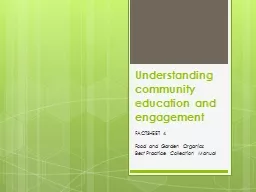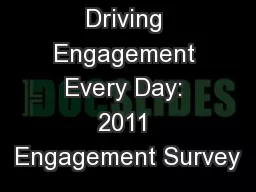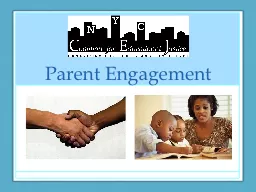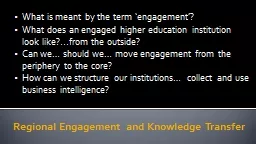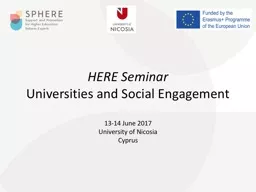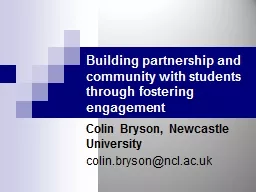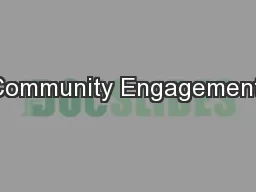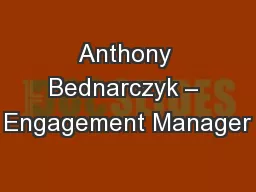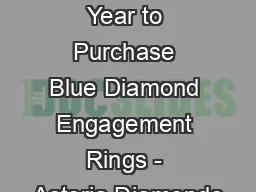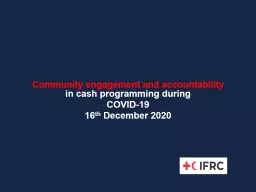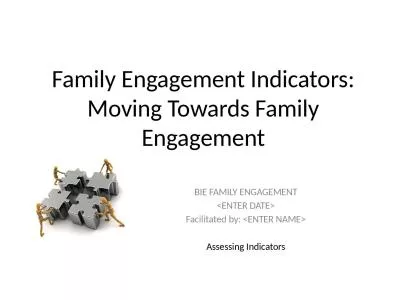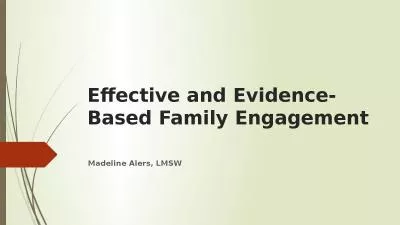PPT-Understanding community education and engagement
Author : lois-ondreau | Published Date : 2017-10-12
FACTSHEET 4 Food and Garden Organics Best Practice Collection Manual Approaches to Communications Information Giving announcing your intent eg a brochure or
Presentation Embed Code
Download Presentation
Download Presentation The PPT/PDF document "Understanding community education and en..." is the property of its rightful owner. Permission is granted to download and print the materials on this website for personal, non-commercial use only, and to display it on your personal computer provided you do not modify the materials and that you retain all copyright notices contained in the materials. By downloading content from our website, you accept the terms of this agreement.
Understanding community education and engagement: Transcript
Download Rules Of Document
"Understanding community education and engagement"The content belongs to its owner. You may download and print it for personal use, without modification, and keep all copyright notices. By downloading, you agree to these terms.
Related Documents

